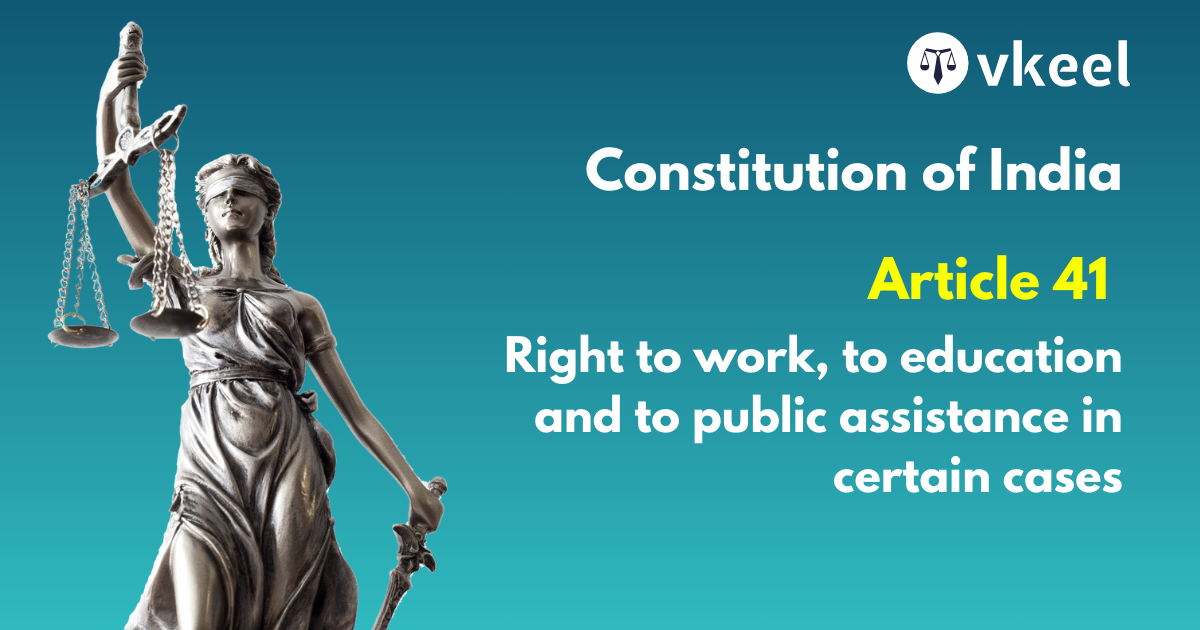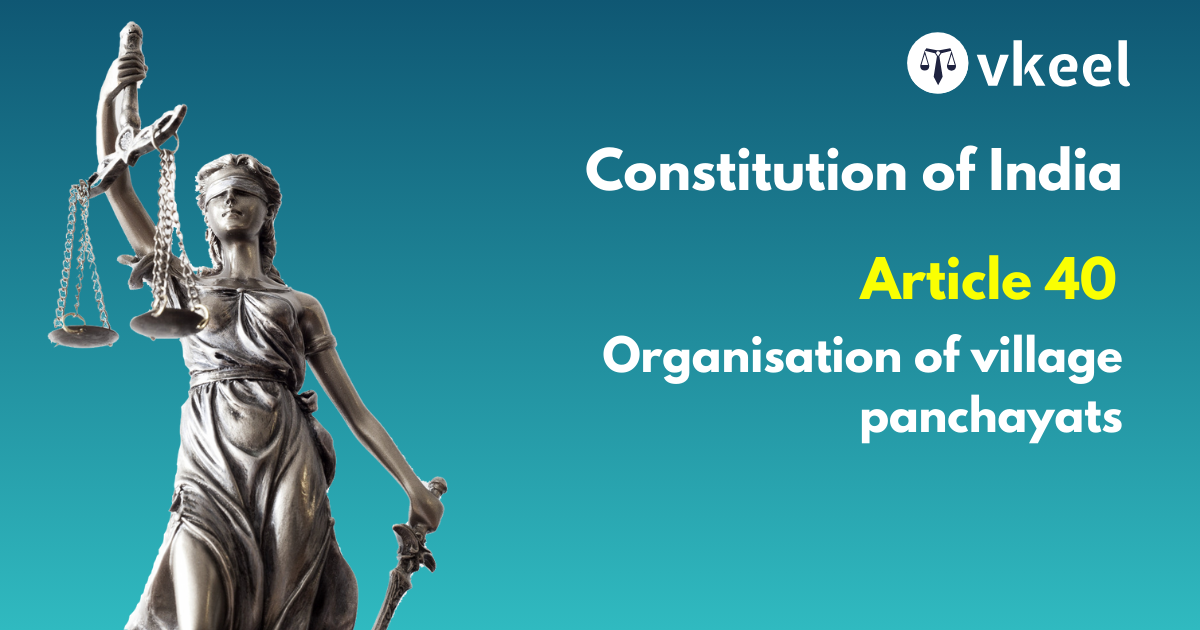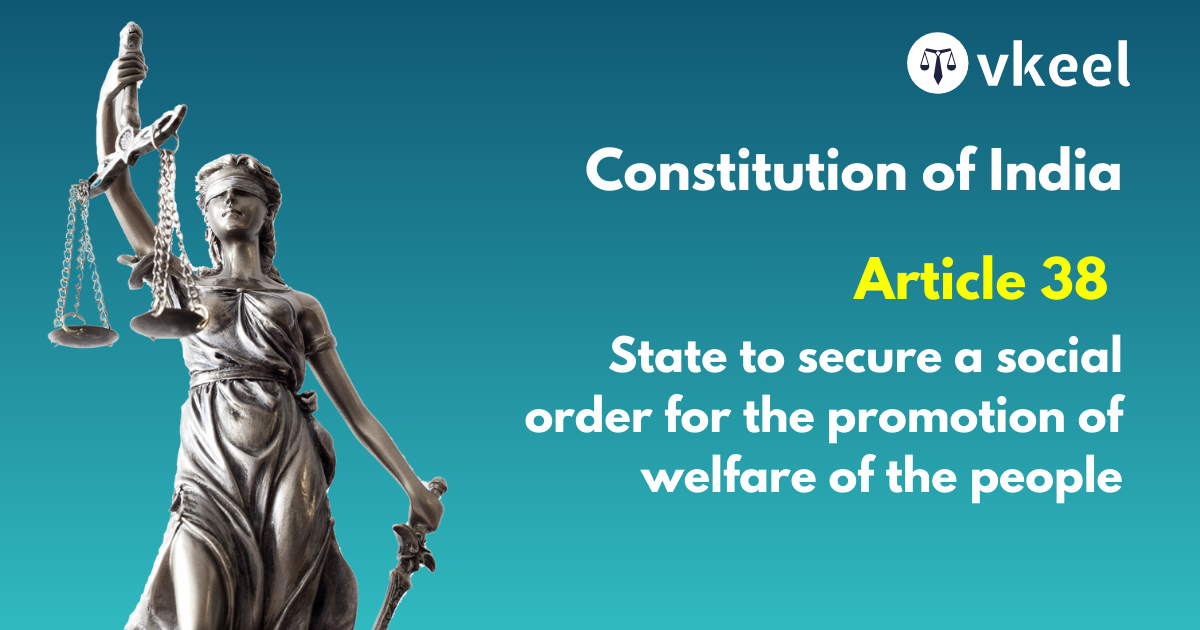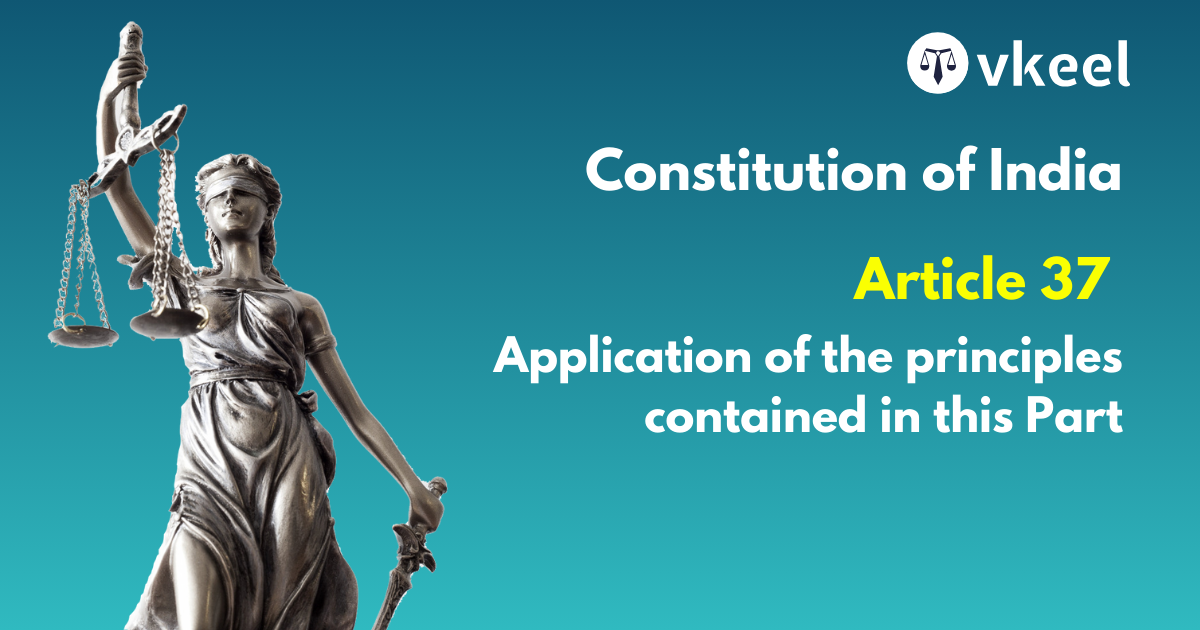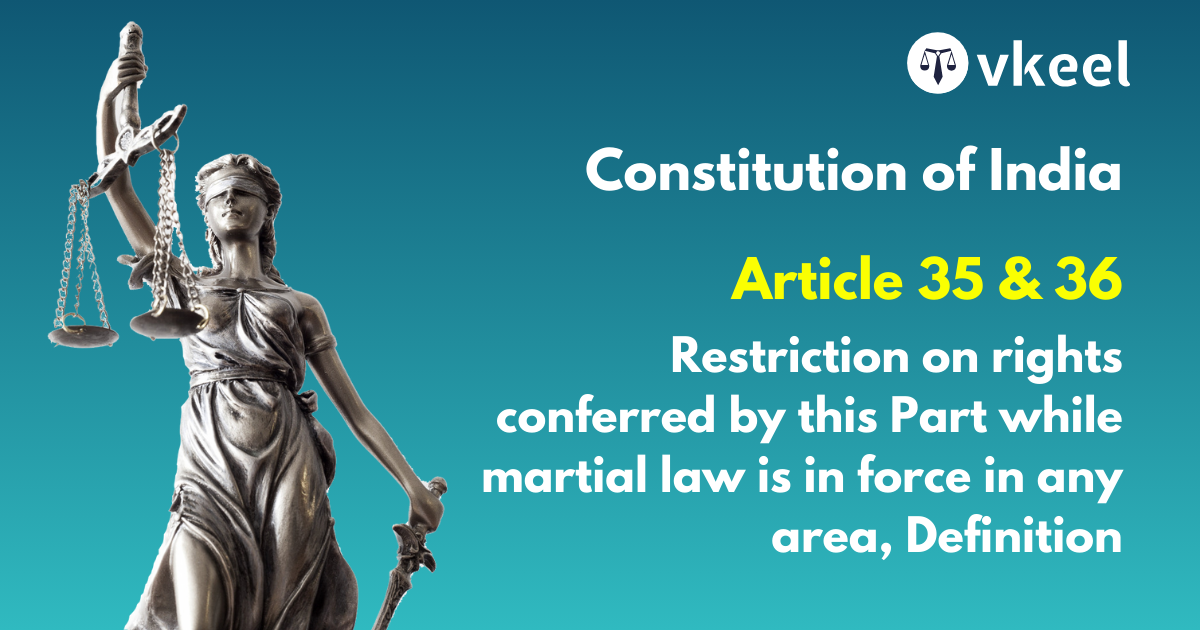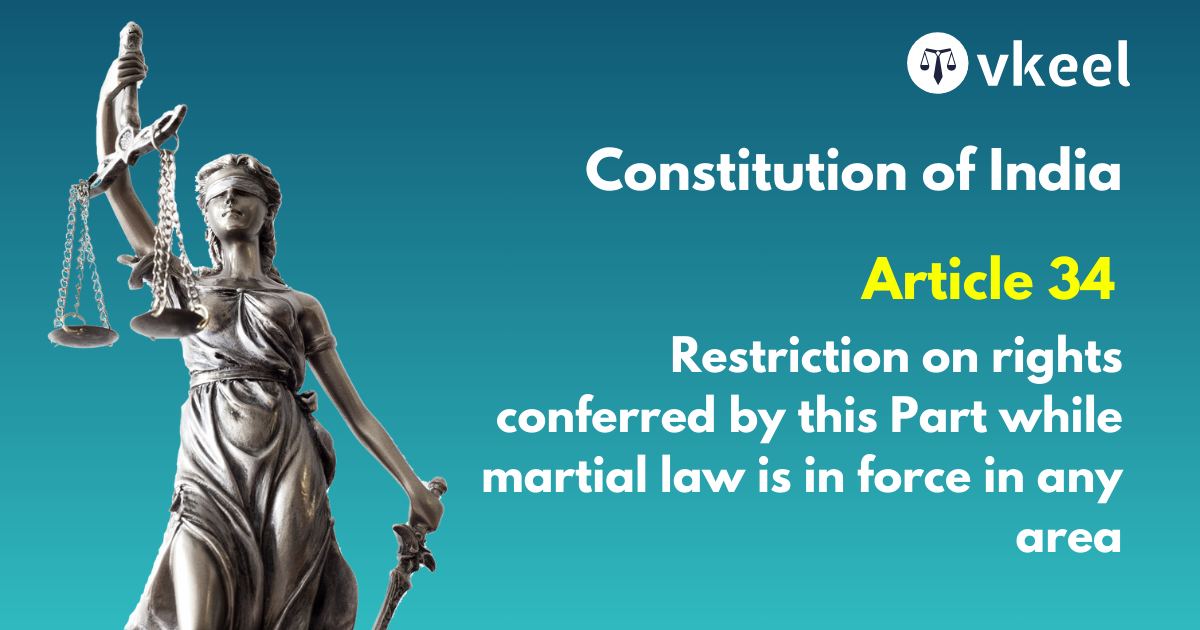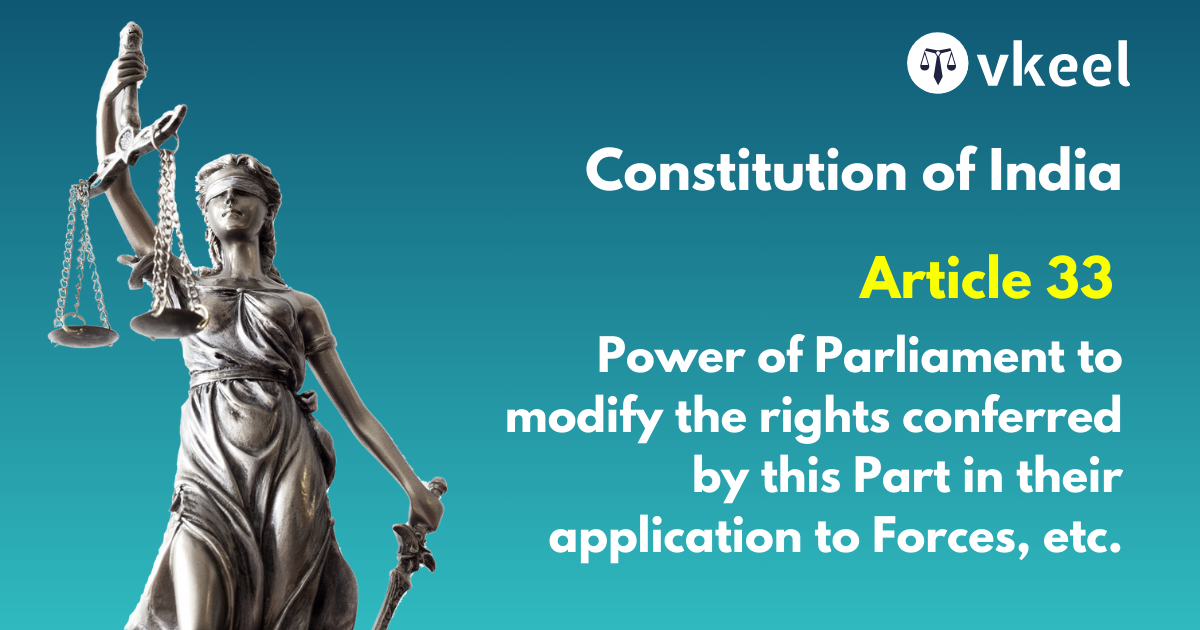Constitution of India: Article 1
By Vanshika Saini
Table of Contents
Introduction
A legal structure encompassing aspirations of a nation’s society designed specifically to regulate law holding a fundamental sanctity, often described as rulebook, thereby stating commands to guide its people is termed as the Constitution.
The Constitution of India did not come into existence at a stance, after the initial efforts and drafting in 1934 by M.N. Roy, an Indian revolutionary had put forth his ideas, it eventually led to the tremendous working of the constituent assembly and the eight committees in 1946 respectively.
The Indian Constitution was enforced on 26th January 1950, it highlights certain features, an absolute expression of philosophy and ideology and deems to provide a scope for an amendment later added according to the changing needs of the society, thus making it a flexible one.
Being the world’s lengthiest constitution, it offers an organized framework along with a federal setup with unitary features qualified under one condition of maintaining the basic structure of the constitution.
Article 1 : The Union and Its Territory
1. Name and territory of the Union —(1) India, that is Bharat, shall be a Union of States.
(2) The States and the territories thereof shall be as specified in the First Schedule.
(3) The territory of India shall comprise—
(a) the territories of the States;
(b) the Union territories specified in the First Schedule; and
(c) such other territories as may be acquired
Landmark Judgement and Amendments
T.S. Thakur dismissed the petition held over the name change indicating the name India to be of foreign origin somewhat related to the pre-existing Greek term ‘ indica’ .
The Chief Justice of India clearly stated that the Supreme Court of India has no involvement to suggest or decide for a particular citizen on what should he call his/her country.
Bharat and India are stated in the constitution and both names are given to the country, as a matter-of-fact Bharat in the constitution is termed as another name for India.
In 1956 , seventh amendment was added in the constitution for the reorganization of the states on a linguistic basis and for the abolishment of the differentiation between part A and part B simultaneously.
Later, new states were created, for instance the state of goa, Mizoram , Haryana and Nagaland were formed and at present there are 28 states and 8 union territories.
The aforementioned attributes regarding Article 1 were upheld in various landmark cases like Kesavananda Bharti vs Union of India, Golakhnath vs state of Punjab.
The antecedent remarks by the judges of the apex court narrate the tales of fairness, accountability, transparency , responsibility and judicial activism prevailing in the country.
Conclusion
Article 1 of the constitution embarks on a journey of unity and integrity, the independence of India led to conflicts on the basis of language as India being a diverse nation and the constitution promising solid equality to all its citizens.
The real task was to consolidate all the provinces and the princely states demarcated unevenly and in a haphazard manner by the colonizers .
Thus, the only alternative left with makers of the constitution was to either segregate provinces or make new domains on the basis of language in order to respect the sentiments and cultural practices of people coming from distinct origin.
Disclaimer:
The information provided in the article is for general informational purposes only, and is not intended to constitute legal advice or to be relied upon as a substitute for legal advice. Furthermore, any information contained in the article is not guaranteed to be current, complete or accurate. If you require legal advice or representation, you should contact an attorney or law firm directly. We are not responsible for any damages resulting from any reliance on the content of this website.



